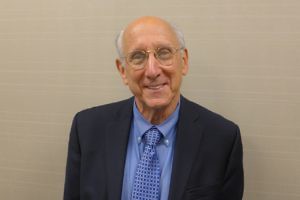Immunotherapy for Lymphoma using T cells Targeting Multiple Tumor-Associated Antigens
Aloha! It will soon be time to pack your Hawaiian shirts for the forthcoming BMT Tandem Meeting in Hawaii (Twitter #BMTTandem16 – what a long hashtag!!)
Commonly known as “Tandem,” it’s the combined annual meetings of the Center for International Blood & Marrow Transplant Research (CIBMTR) and the American Society for Blood and Marrow Transplantation (ASBMT).
Hawaii is great location for a meeting in February, and one that I’m sure will generate a lot of envy for those who can’t attend and are stuck in the winter cold and chill. Who said we don’t go the “extra mile” for BSB subs?
One of the presentations I’m looking forward to hearing at Tandem is by Ann Leen, PhD, who is an Associate Professor at Baylor College of Medicine.
Dr Leen will be talking about “Immunotherapy for Lymphoma using T cells Targeting Multiple Tumor-Associated Antigens.”
At last December’s ASH annual meeting, Dr Leen presented preliminary data with this novel approach in patients with Hodgkin’s Lymphoma (HL) and non-Hodgkin’s lymphoma (NHL). After her ASH presentation, she kindly spoke to BSB.
This post is part of our post-meeting ASH15 coverage, and our ongoing coverage of some of the exciting developments in immuno-oncology. In case you missed it, do check out the ASH interview with Seattle Genetics CEO Clay Siegall, PhD.
Subscribers can login to read more or you can purchase access.
This content is restricted to subscribers



 Here at these sessions, top thought leaders in the space debate and lecture on key issues of the day. They’re usually packed with information and are well worth attending, even in a hectic schedule.
Here at these sessions, top thought leaders in the space debate and lecture on key issues of the day. They’re usually packed with information and are well worth attending, even in a hectic schedule.